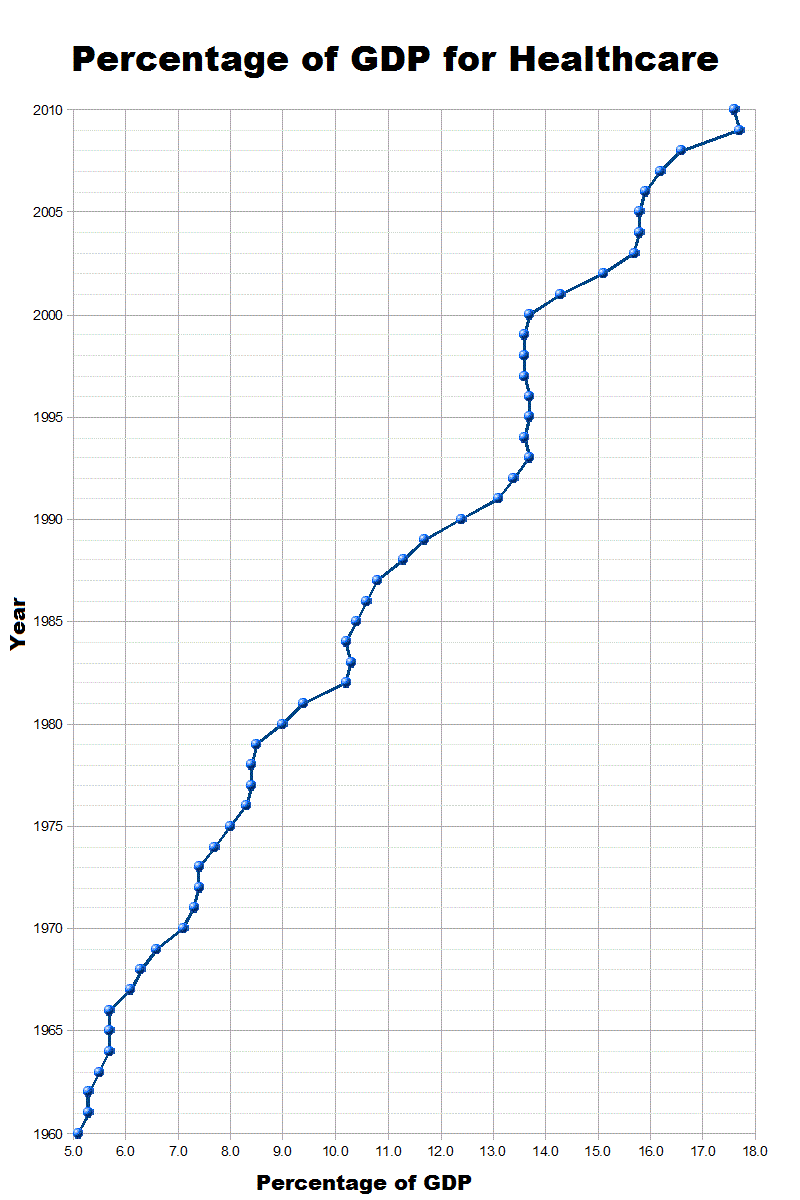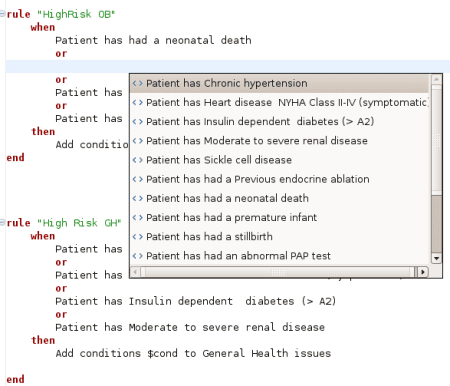
Article
Why We Need to Bend the Healthcare Cost Curve
This post was previously on the Pathfinder Software site. Pathfinder Software changed its name to Orthogonal in 2016. Read more.
 Google is at it again. Entire industries have sprung up around their search engine, adwords/adsense universe, and now they are set to do the same thing with healthcare data.
Google is at it again. Entire industries have sprung up around their search engine, adwords/adsense universe, and now they are set to do the same thing with healthcare data.
One of the major barriers to entry for companies offering services around processing healthcare data has been access to data. Who has the data? Typically the insurance companies. At least they have it in the kind of quantities that makes doing serious data analysis worthwhile. Managed care organizations are in second place, but from there you get to piddling amounts quickly. As you move from the heavily consolidated payer end of the industry to the heavily fragmented provider end, the comprehensive data view of the patient is balkanized to the point of uselessness.
This data problem even effects the valuation of companies. I’ve seen healthcare analytics companies that provide services to hospitals and clinics valued at less than $10 million, while another company that provides the exact same services to insurance firms is valued at ten times that price. Here, as in all things, follow the money.
There have been public/private efforts to consolidate healthcare data in a central store, such as Regional Health Information Organizations (RHIOs). The architects of the RHIOs realized that doing a national information organization would be too unwieldy and smack a little bit too much of Big Brother, but the regional ones have been bad enough, turning into debating societies between vendors, technocrats, and politicians. This has lead many regional health organizations and hospital networks to start their own pseudo-RHIOs. Still, service vendors would have to strike deals with these local entities to get access to data.
Google Health seeks to level the playing field by providing a data repository for personal health data. Individuals would access a Google Health aware service by granting it access to their data. Provided that enough individuals join and enough provider organizations make it easy to import your data, the battlefield now moves from getting data to getting customers. Bring your data, we’ll tell you if your doctor is any good or if that surgery is really necessary. We’ll help you find the best Medicare prescription plan based on your actual health data and identify generic alternatives instead of the pricey medication that some former-college-cheerleader-turned-pharma-salesperson pitched your doctor.
Some other nice things about Google Health is that it has support for SNOMED. SNOMED is a newer form of encoding clinical data than what is typically used in the US today. There’s a whole host of reasons to prefer SNOMED over our current systems (yes, more than one) of encoding today. One example would be that most clinical data that gets collected today is all about getting paid by the insurance companies. What do providers get paid for? Procedures, not diagnoses. Very often in clinical claims data you will run across individuals who have been diagnoses with something like asthma, just so the provider can be paid for treating them. There’s no concept like “I am working this individual up on suspicion that they have asthma, but he may not actually have asthma.” So the clinical record is littered with expedient diagnoses made just for purposes of getting paid. You can imaging the havoc this plays with doing meaningful data analysis. Anyhow, SNOMED has a richer set of codes that would enable providers to express these sorts of concepts.
Of course Google isn’t alone in trying to crack the healthcare data puzzle — Microsoft is pushing its HealthVault and WebMD and various health insurers with their own PHR (Personal Health Record) walled gardens may yet open them up to other service providers. Regardless, I think the next 5 years promise to be exciting for those of us that develop healthcare software. Finally, the chance for something besides Ajax and social networking to come out of the Web 2.0 cauldron.
Related Posts

Article
Why We Need to Bend the Healthcare Cost Curve

Article
Gamification of the Healthcare Industry and its Implications

Article
Predictive Analytics for Remote Patient Monitoring

Article
Wireless Sensors and Mobile Apps in Healthcare